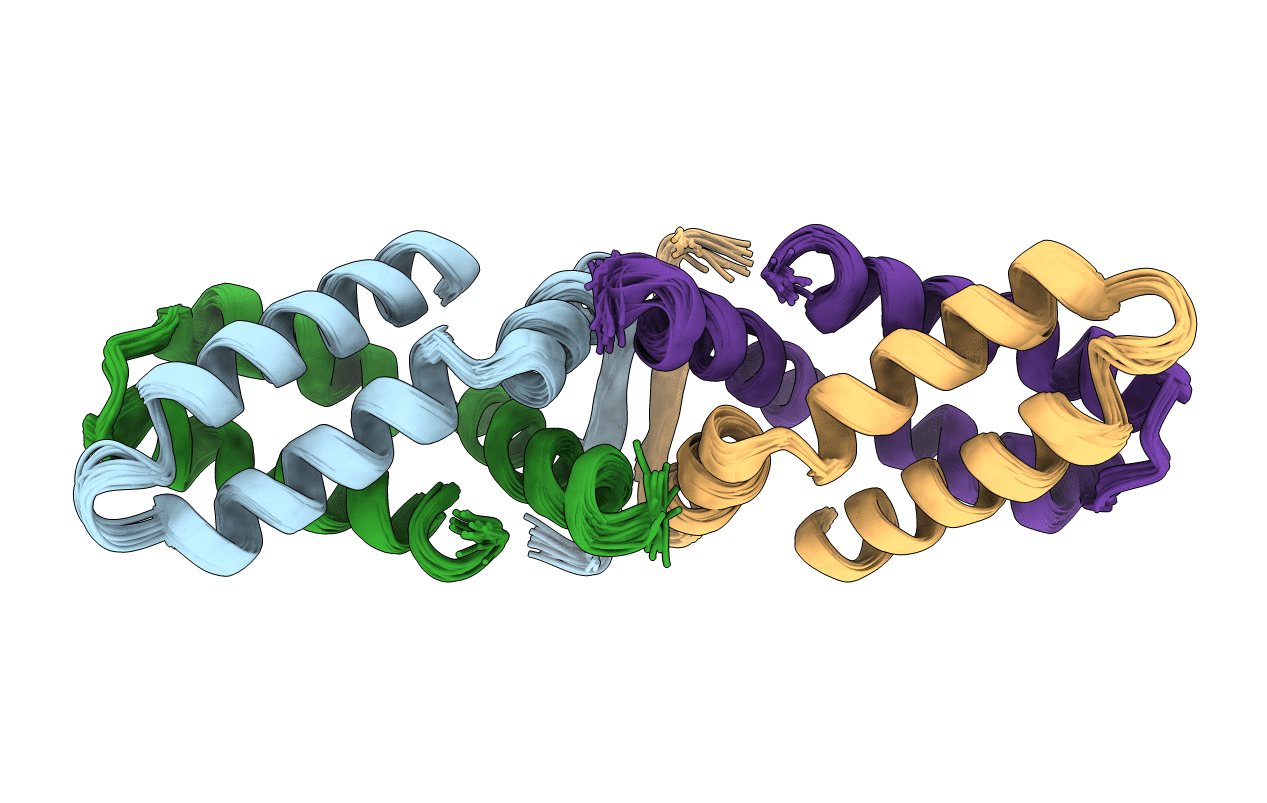
Deposition Date
2003-12-09
Release Date
2004-05-04
Last Version Date
2024-05-29
Entry Detail
PDB ID:
1RSO
Keywords:
Title:
Hetero-tetrameric L27 (Lin-2, Lin-7) domain complexes as organization platforms of supra-molecular assemblies
Biological Source:
Source Organism:
Rattus norvegicus (Taxon ID: 10116)
Host Organism:
Method Details:
Experimental Method:
Conformers Calculated:
200
Conformers Submitted:
20
Selection Criteria:
structures with the lowest energy


